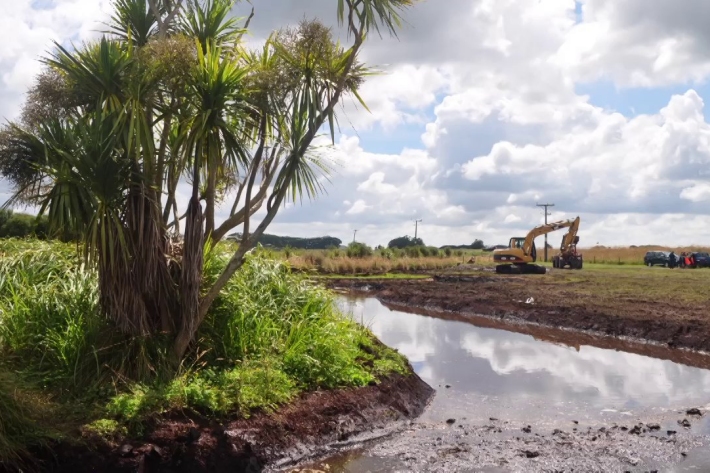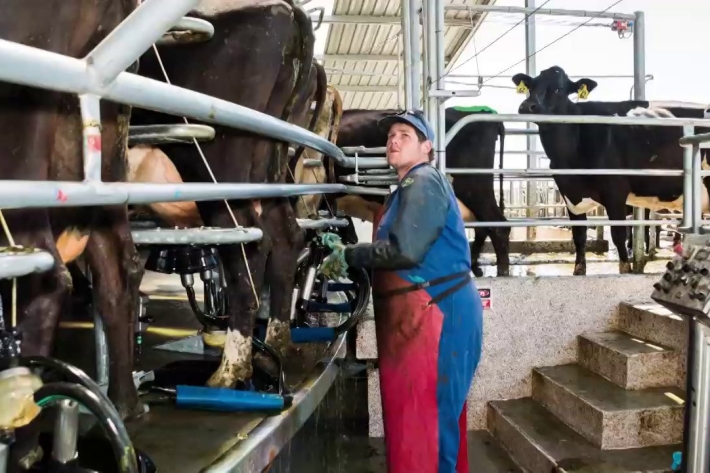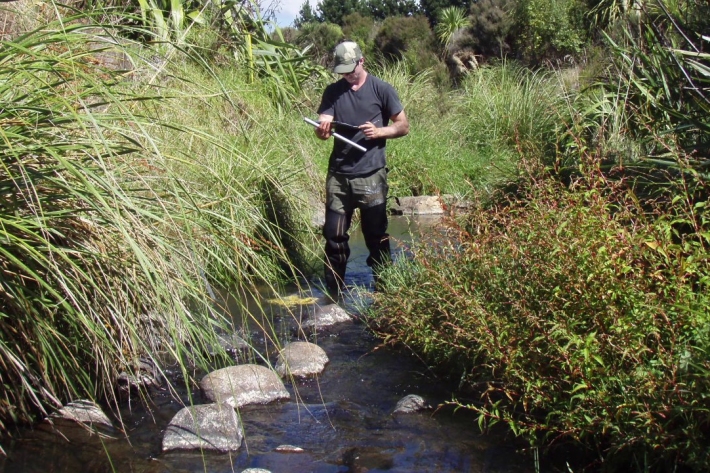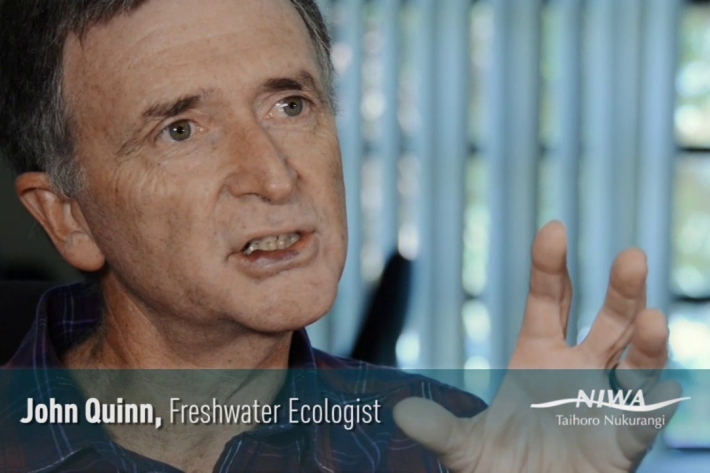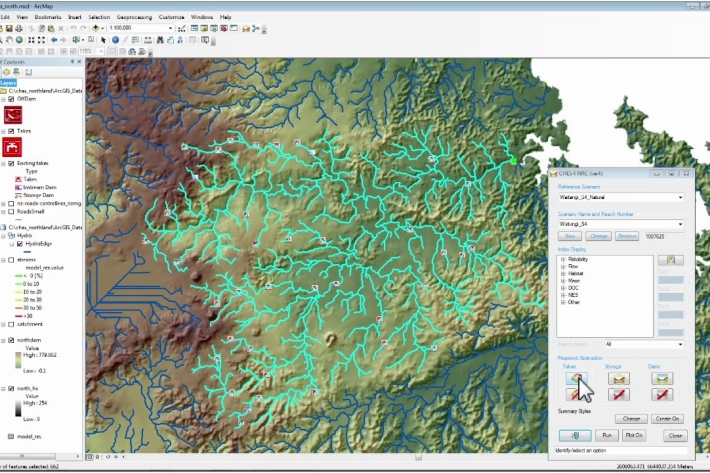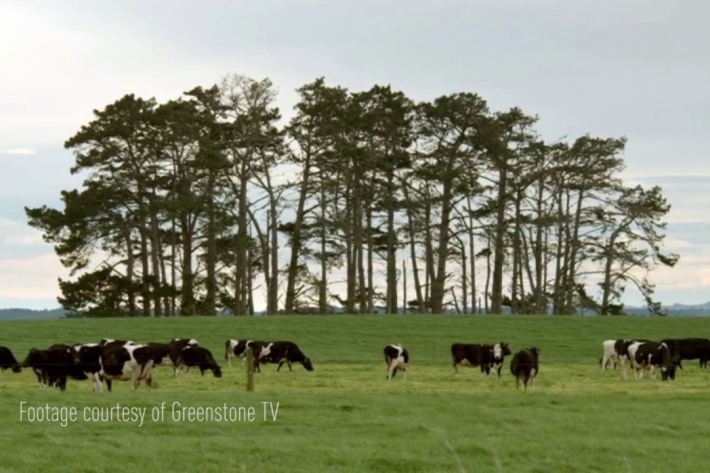-

Finding the right whale in old places
News article26 September 2014Scientists on a rugged mid-winter trip to the remote sub-Antarctic islands have confirmed a large contingent of endangered southern right whales are spending the colder months near Campbell Island. -

Critter of the Week - The Spiny Murex - Poirieria zelandica
You might occasionally come across this long-spined beauty, the spiny murex or Poirieria zelandica, washed up at the beach, arguably one of our most impressive shells -
Community Observation Networks for Air (CONA): previous projects
CONA studies in Rangiora in 2015-17 and Alexandra in 2018 have proven that the technologies and methodologies used provide valuable data to support mitigation efforts by local authorities. -

Critter of the Week, spiny sea slater Brucerolis brandtae
This week we thought we would go back to the beginning and revisit our very first Critter, which many of you may not have seen. Let’s take another look at the spiny sea slater Brucerolis brandtae. -

Dry spells take hold in South Island
News article10 September 2014Many areas in the South Island are tracking towards record dry spells as relatively warm, dry weather that began in mid-August continues


